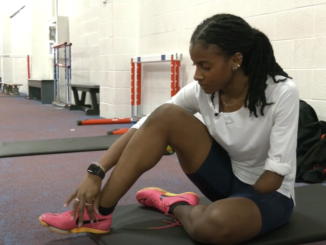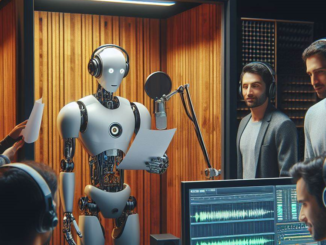
By: Justine Catalan
Technology is advancing at an unprecedented pace, and the integration of Artificial Intelligence (AI) to newsrooms emerges worldwide. From data analysis to content generation, AI is transforming how stories are told and consumed. However, amidst the advantages it offers, concerns persist about the impact of AI on journalistic integrity and the ethical challenges it poses.
AI technologies have permeated various aspects of journalism. Its potential to increase efficiency in newsrooms is one of the many factors for news organization’s adaptation. Tasks such as image generation, audio transcription, and fact-checking are being used.
A recent survey By Reuters Institute for the Study of Journalism shows us how newsrooms might be using the new technology.
According to another recent survey conducted by Polis across 105 newsrooms from 46 countries, News organizations are for the most part, recognizing and embracing the AI challenge. 85% of respondents including journalists, technologists, and managers have experimented generative for tasks such as coding, image generation, and summarization.

Andrea Baillie, Editor-in-Chief at the Canadian Press, said that AI is a tool to supports journalists rather than replace them entirely. AI’s potential to streamline tasks such as transcription and translation, allows reporters to focus on more in-depth and original work. “I don’t think AI could ever replace the original work that CP journalists do. The original work that we do can only be done by humans,” said Baillie.
While AI offers efficiency and scalability, it cannot replace the nuance judgment, empathy, and creativity inherent in human storytelling. Journalists remain essential in contextualizing information, verifying sources, and upholding journalistic ethics.
The Canadian Press has adopted stringent guidelines to govern the use of AI in its newsroom. These guidelines are rooted in the organization’s commitment to accuracy and trustworthiness. “Accuracy is fundamental. Our journalistic principles are ironclad. Anything generated by AI must be verified,” said Baillie.

Angela Misri, Assistant Professor of Journalism at Toronto Metropolitan University, said that future journalists must learn to prepare and navigate the advancements and influence of AI. “I think it will affect the profession, but at the end of the day, we’re storytellers and storytelling is an original process. We bring something to the process as humans. We bring human connection,” said Misri.
Despite its transformative potential, AI in journalism is not without a challenge. One of the key challenges in integrating AI into journalism lies in ensuring accuracy and transparency. The reliance on AI raises questions about journalistic autonomy and the preservation of ethical standards.
“Anything generated by AI must be treated as unverified and unvetted information,” Baillie said. She added that it is important for journalists to undergo training to discern between authentic and AI-generated content.
Another survey conducted by Maru Public Opinion for the Canadian Journalism Foundation found that 92% of Canadians believe that news organizations should have a clear and transparent policies on how they use AI to produce news and information. The World Association of News Publishers conducted a global survey on whether newsrooms are actively working with generative AI tools. The data showed that traditional news organizations quickly adopted and recognized this change in technology.
AI has the potential to personalize news consumption and expand coverage areas. However, Baillie cautioned against the overreliance on AI and there is a need for continued importance of human oversight in maintaining journalistic integrity.
The integration of AI into journalism requires a delicate balance between innovation and journalistic integrity. This balance becomes ever more critical as news organizations incorporate AI technologies while continuing to uphold journalistic principles and safeguard against pitfalls.



Be the first to comment